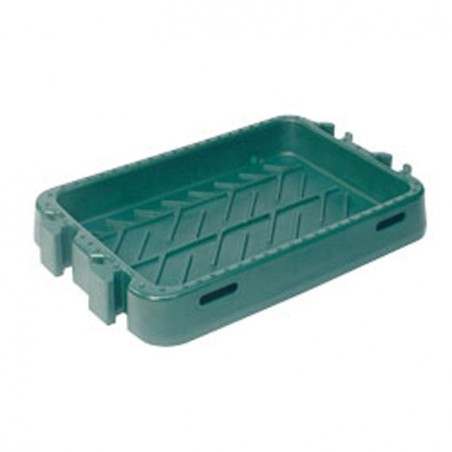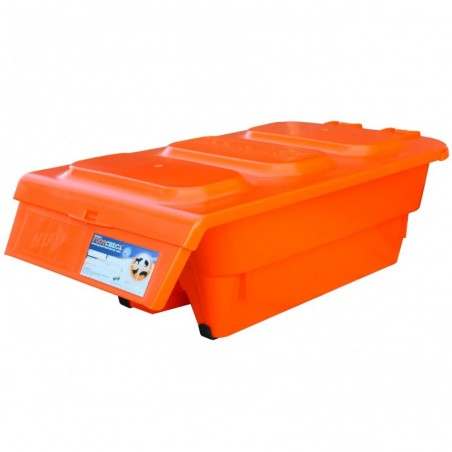The restrictions on exports of pork caused by the outbreak of African Swine Fever (ASF) and the continuing effect of the Russian ban on imports of live swine resulted in a 4 percent decrease of swine inventories in 2015 and are expected to adversely affect swine numbers in 2016. Production of pork in 2016 is expected to decrease by 6 percent as a result of the lower swine inventories, according to USDA report.
Lithuania is the largest producer of swine among the Baltic States. In January 2016 as a result of reduced farm-gate prices for swine, inventories of swine dropped to 688,000 head and were 4 percent lower than in January 2015. Sow inventories at the beginning of 2016 amounted to 37, 353 head and were also 4 percent lower than a year earlier. The decrease of farm-gate prices for swine stems from the Russian export ban on agricultural products imposed in August 2014 and from import restrictions on exports of pork caused by the outbreak of ASF in 2014.

Swine inventories are expected to continue to decrease towards the end of 2016 and on into 2017 because of low farm-gate prices for swine and a governmental program to slaughter animals raised on small backyard farms in the area affected by ASF. In 2015 in Lithuania 33 percent of swine were raised on farms with up to 100 head and the remaining 66 percent in large commercial operations. In order to fight ASF, Lithuania participates in the EU’s program of reduction of the wild boar population within the Common ASF Strategy established by the EU for the Baltics and Poland.
Thursady November 17, 2016/ GAIN-USDA/ United States.
http://gain.fas.usda.gov/






